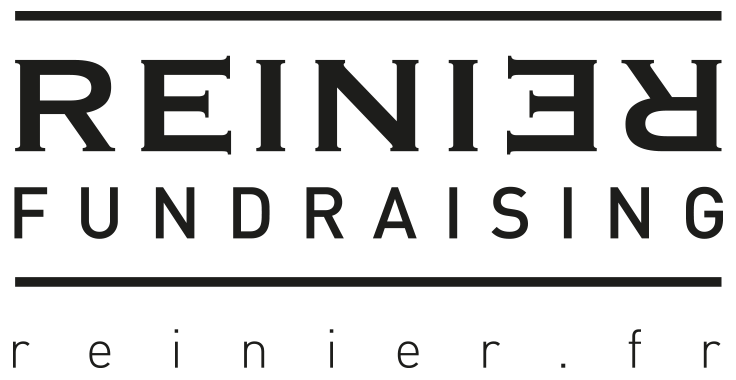Automation vs laziness
Fundraising is a craft you have to practice to learn. Doing it yourself is the best learning experience. Unraveling the process and understanding how everything works. Presenting the best story. Doing the calculations. And then taking the right actions to recruit donors and grow income. However, due to increasing automation, I see many fundraisers skipping steps in their learning curve. Fundraisers get lazy.
Nobody knows everything. Not me. Not you. Say goodbye quickly to anyone who behaves like they know everything. You always have to keep learning. That is the only way to become a better fundraiser.
Fortunately, more and more organizations have dived into data in recent years. More organizations employ data analysts. Reports and insights are everywhere nowadays. And therefore we generally make better choices. It's going into the right direction. But where I used to complain that there were far too few data analysts in the charity sector, my concern has now shifted. I come across more and more fundraisers who look too much at the analysts for answers and no longer learn to think for themselves.
Fundraising is a profession that you learn by doing it yourself. You have to write the business case yourself and understand how the investment dynamic behind individual giving works. I am 100% convinced that fundraisers who have done it all themselves are much better fundraisers.
These are just some of the questions that fundraisers should tackle themselves:
What is the 60-month lifetime value of your acquisition channels?
Which donor type is more profitable? Regular donors or one-off donors?
What is the impact of missed payments on your monthly direct debit run?
What happens to future income if your existing donor retention improves by 10%?
How many donors will we have in 5 years if our acquisition budget does not grow?
How many donors will we have in 5 years if our acquisition budget doubles?
What is the difference between 72% and 32% retention after 12 months?
What is the break-even point when you have earned back your investment in acquisition?
What is the impact of higher loyalty costs on longer term ROI?
Suppose you recruit 1,000 regular donors throughout the year, how many of them are still active at the end of the year?
How many new donors do you have to recruit next year in order not to shrink your supporter base?
Which has more impact on lifetime value? 10% lower costs, 10% higher average gift or 5% better retention?
What effect does an upgrade program have on profitability?
How many non-financial supporters will you have in 3 years if you keep recruiting at this rate?
What is the impact of 5% less pre-debit attrition on the costs per donor and thus on the ROI after 12 months?
These questions help you form an opinion about what works and what doesn't.
Fundraisers, take control yourself. Don't ask for all the answers, but play around with the data and unlock the deeper secrets of a profitable fundraising program. You can automate a lot and outsource it to an analyst, but please make sure you really understand what is happening.
(By the way, did you know that Forward helps you answer all the questions above?)
This blog was previously published on Donorbeats and Fondsenwerving.blog in Dutch.
